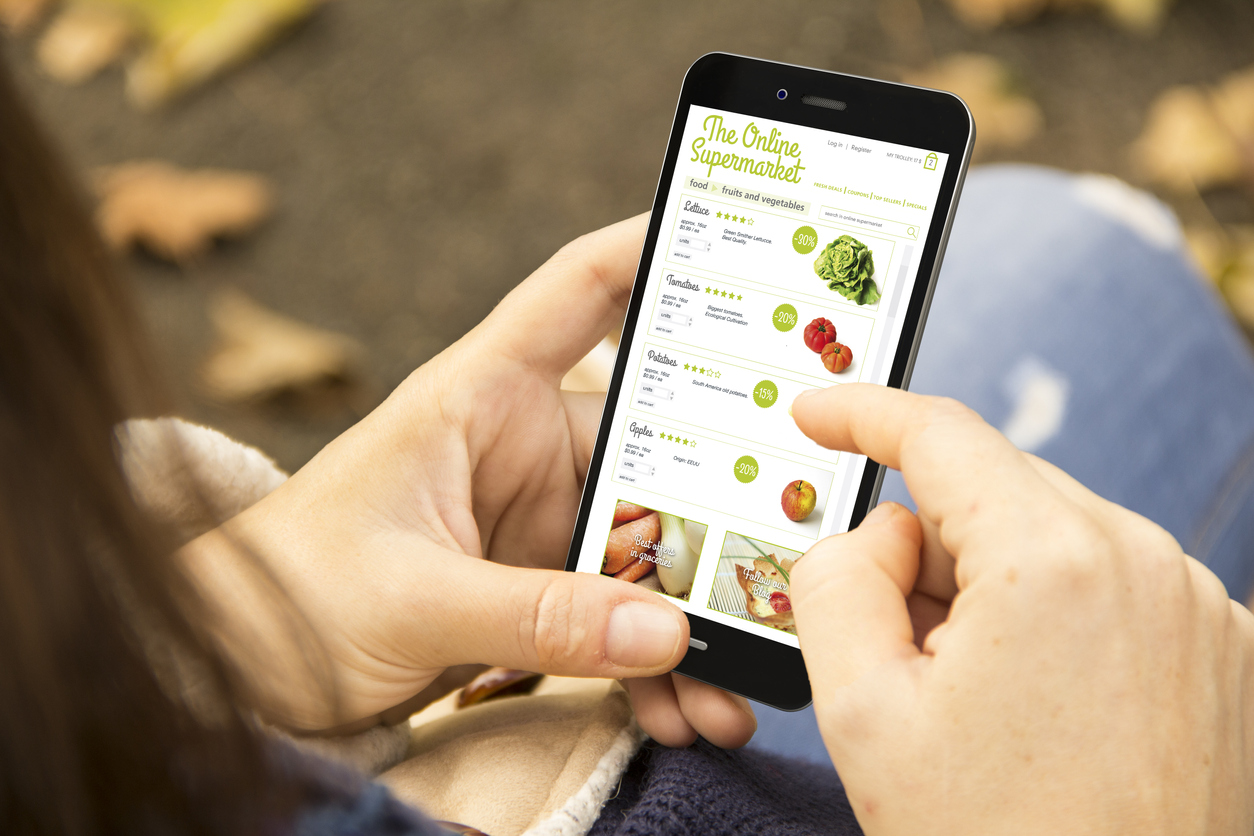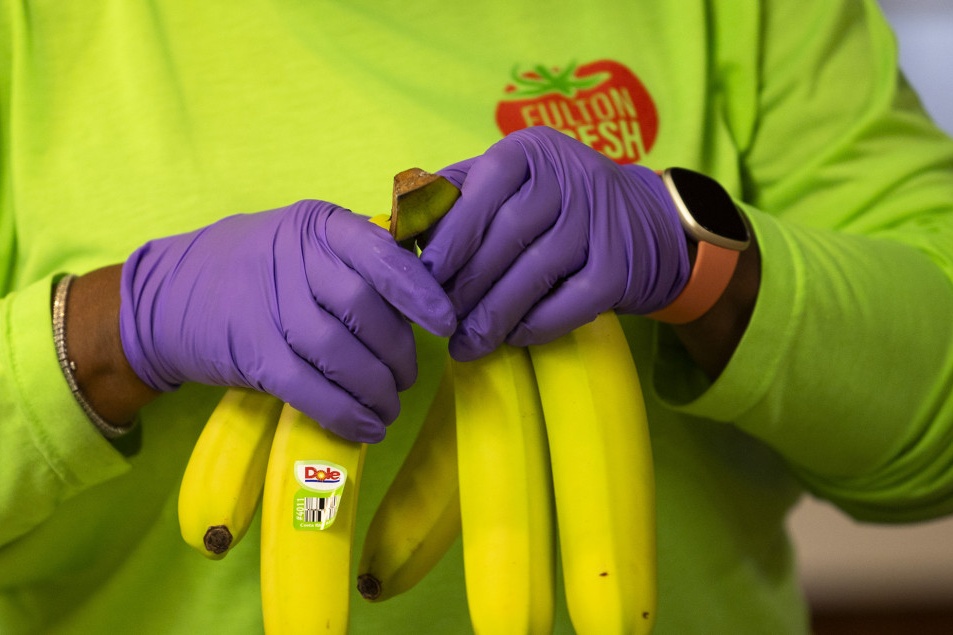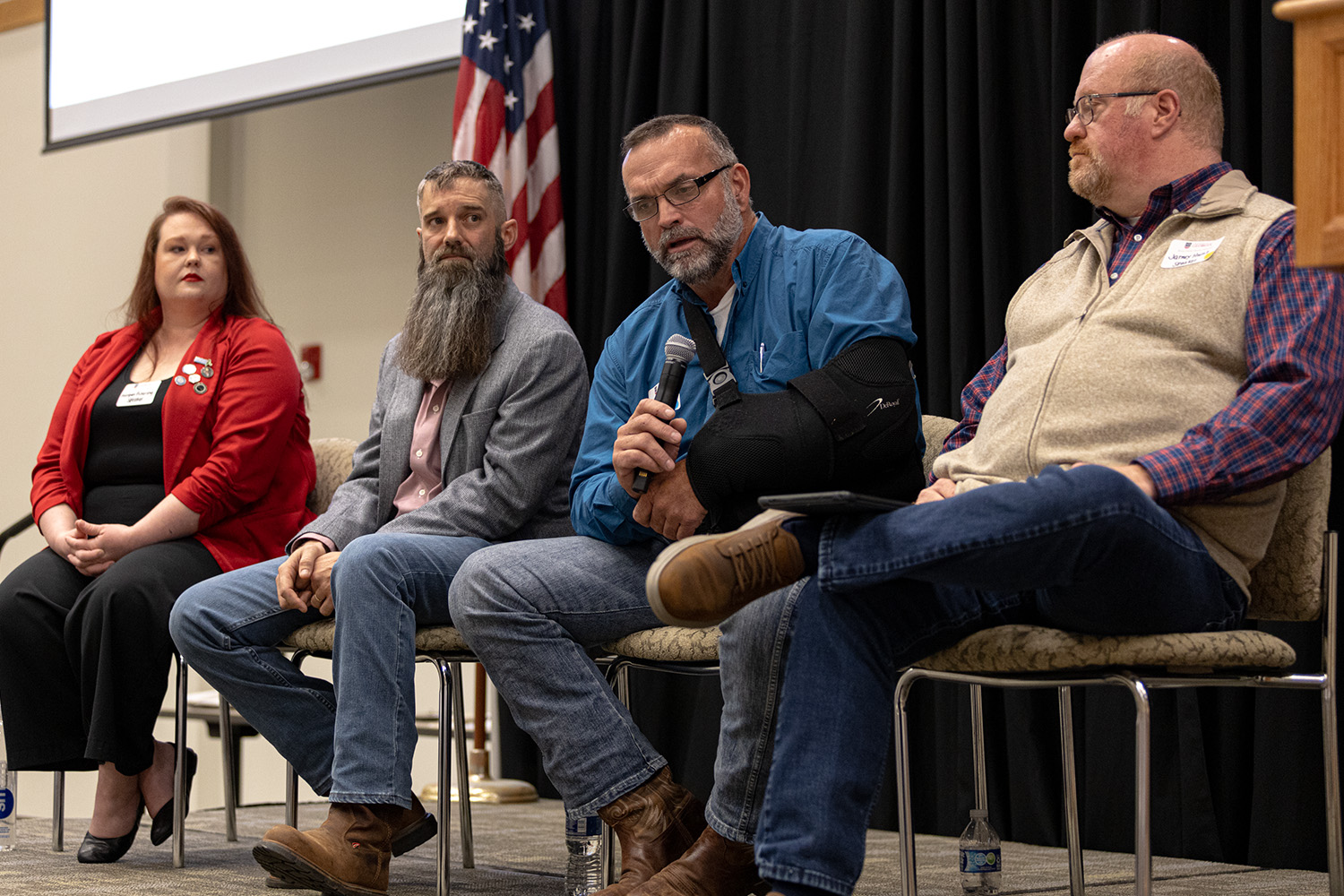
Two recently published studies by University of Georgia researchers show that the consumers surveyed believe buying local is a more sustainable option, but they also value the convenience of online shopping and prefer that retailers provide basic information about the environmental impact of local products in the digital marketplace.
Driven by increasing consumer interest in buying local and concerns about the impact of agricultural production systems on a changing climate, the studies were based on data from a web-based survey about consumer interest in sustainability, information about food production and online marketing preferences, said Jessica Holt, associate professor in the Department of Agricultural Leadership, Education and Communication (ALEC) in UGA’s College of Agricultural and Environmental Sciences.
The journal articles resulted from thesis research by recent CAES alumnus Rachel Corry in conjunction with Holt, who served as Corry’s thesis advisor, and ALEC faculty Alexa Lamm and Abigail Borron.
“People who go to local food markets are of the means to do it — they have money, transportation and time they are willing to give to get there,” Holt said. “The idea behind this study is 'How can we get local food from farmers markets, local chains or major grocery stores into the hands of consumers?'”
Local attraction
Using strawberries as the control commodity for the study, 906 participants from Florida, Georgia and Alabama responded to questions about their perceptions of the link between local food and environmental sustainability.

“Perception is reality. If consumers perceive something to be better for the environment, it does not need further validation,” Holt said. “This study established a baseline of what people think about local food. Is it all positive? We wanted to see if it is true that consumers believe there is a link, that local food reduces climate change or is better for the environment.”
Results of the study “Do You Really Want to Know? Exploring Desired Information Transparency for Local Food Products” in the online journal Sustainability showed that consumers place “significant perceived importance” on receiving information about the environmental impacts of local food when purchasing food online but are less concerned with what other shoppers believe or think about their purchasing patterns.
In the study “Berry Convenient: Online Design Preferences for Local Strawberries” from the Journal of Applied Communications, researchers presented participants with three examples of online graphics with varying levels of information about the environmental impact of local strawberries. The first graphic simply indicated the berries were locally grown, a second graphic gave one sentence of basic information on the approximate amount of water used to grow a pound of strawberries and the CO2 emissions created to transport it, and a third graphic provided more detailed information including the number of “food miles” the product traveled to the store in addition to water and CO2 information.
“People want more information about where their food comes from, but how much information is the right amount? It’s kind of like the Goldilocks approach, there can be too much, too little or a just-right amount of information when it comes to understanding the environmental impact of your food,” said Holt. Nearly 43% of respondents preferred the graphic with basic additional information on environmental impact included.
Mastering marketing
While 46.2% of survey respondents agreed that they were more likely to buy strawberries online at a higher price if they are locally grown, they did not indicate that they would be more likely to seek information about local food, opening researchers to further study how to provide desired information to online consumers, Holt said.
“It is interesting to think about how we can communicate and share this information with people on the go and families who are so overwhelmed with things in their lives and who don’t have time to do all of the research on the food they are buying. We want to find the most convenient way possible to provide people the information they want,” Holt explained.
Because the marketplace is responsive to consumer demand, learning more about what consumers want and how they want it is important to the retailers.
“If consumers demand it, then the grocery store and the market will respond. If the store sees the benefit and it improves the buying experience for the consumers, I don’t see why they would not provide environmental impact information,” Holt said. “We are open to understanding where consumers are and what they want to determine how we can provide them information on the environmental impacts of the foods they purchase.”
To learn more about research being conducted at CAES, visit caes.uga.edu/research.






